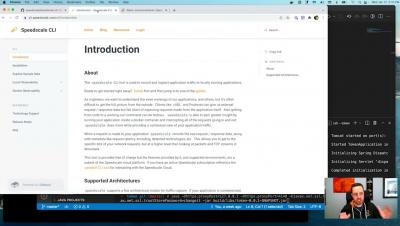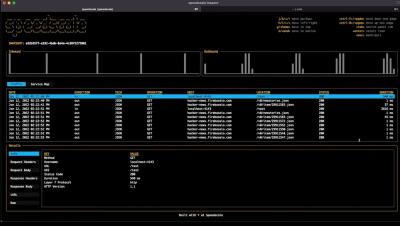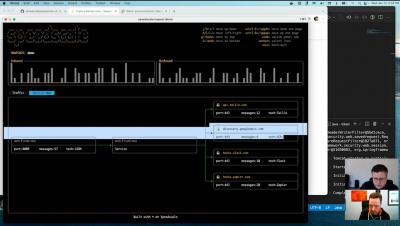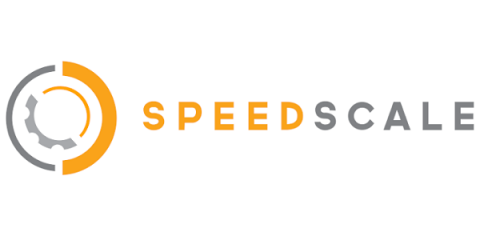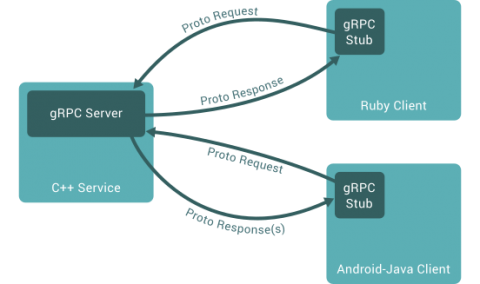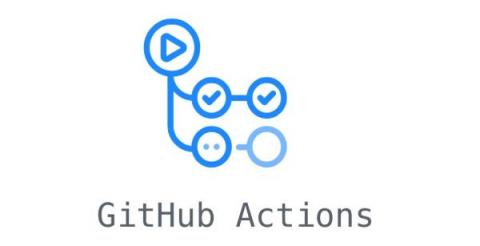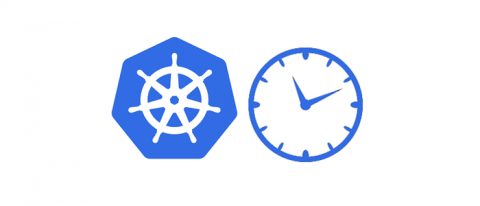Operations | Monitoring | ITSM | DevOps | Cloud
Speedscale
Getting Started with Speedscale CLI
Using cURL with and without Speedscale CLI
Speedscale CLI Service Map
Golang Testing Frameworks for Every Type of Test
While Go provides a testing package and a go test command, the former only offers basic testing capabilities. The package also has some drawbacks, such as missing assertions and increasing repetition with large-scale tests. As a result, several Go testing frameworks have been created to augment it. Go testing frameworks consist of tools and resources for creating and designing tests. Some of these frameworks incorporate the testing package and go test command, while others take a different approach.
Using gRPC with Python
Microservice is now the architecture of choice for many developers when crafting cloud-native applications. A microservices application is a collection of loosely coupled services that communicate with each other, enhancing collaboration, maintainability, scalability, and deployment. There are several options for enabling this communication between microservices. REST is the most popular among developers, sometimes used synonymously with APIs. However, gRPC can be a better alternative to REST.
Getting Started with Skaffold for Kubernetes Deployments
Kubernetes has experienced rapid growth over the years, with a recent post from the Cloud Native Computing Foundation reporting a userbase increase of about 67% in just the past year. Kubernetes is a container orchestration platform that automates how containers are deployed, how they communicate, and how traffic is routed between them; it also scales configurations for both the containerized workloads and the underlying infrastructure that comprises the cluster.
Auto-generate Postman Collections from traffic
Postman is a great tool for API testing during development. It’s GUI is simple to learn and ubiquitous. However, manually writing test cases for local development gets tedious fast if you have a lot of endpoints. Meticulously entering every detail for every use case takes forever. Also, if you get one HTTP Header or parameter wrong, it can take hours to diagnose. And even when it’s done, the API tests are almost immediately out of date because the API contract changes.
For Every Github Action...
On Nov 13, 2019 Github made it’s CI/CD solution GitHub Actions generally available to the world. Since then tens of thousands of shared workflows have been published. It is now the default for most Github projects given how easy it is to integrate with an existing repo. Projects of all sizes have adopted it from our homegrown Terraform module to the Docker Cli. This is why at Speedscale we’ve published a template for how to use Speedscale in conjunction with GitHub Actions.
Top 5 Kubernetes Load-Testing Tools and How They Compare
It's not for nothing that Kubernetes is a popular choice for running a cloud workload. It can be a powerful tool for orchestrating your applications. However, one thing that can often be a last thought in a production workflow, or maybe forgotten altogether, is load testing. It might be tempting to think that Kubernetes can handle it all. In many cases it can, but it's always smart to know how much your application can take. After reading this article, you'll be equipped to determine which tools would best serve you for load testing your application.



